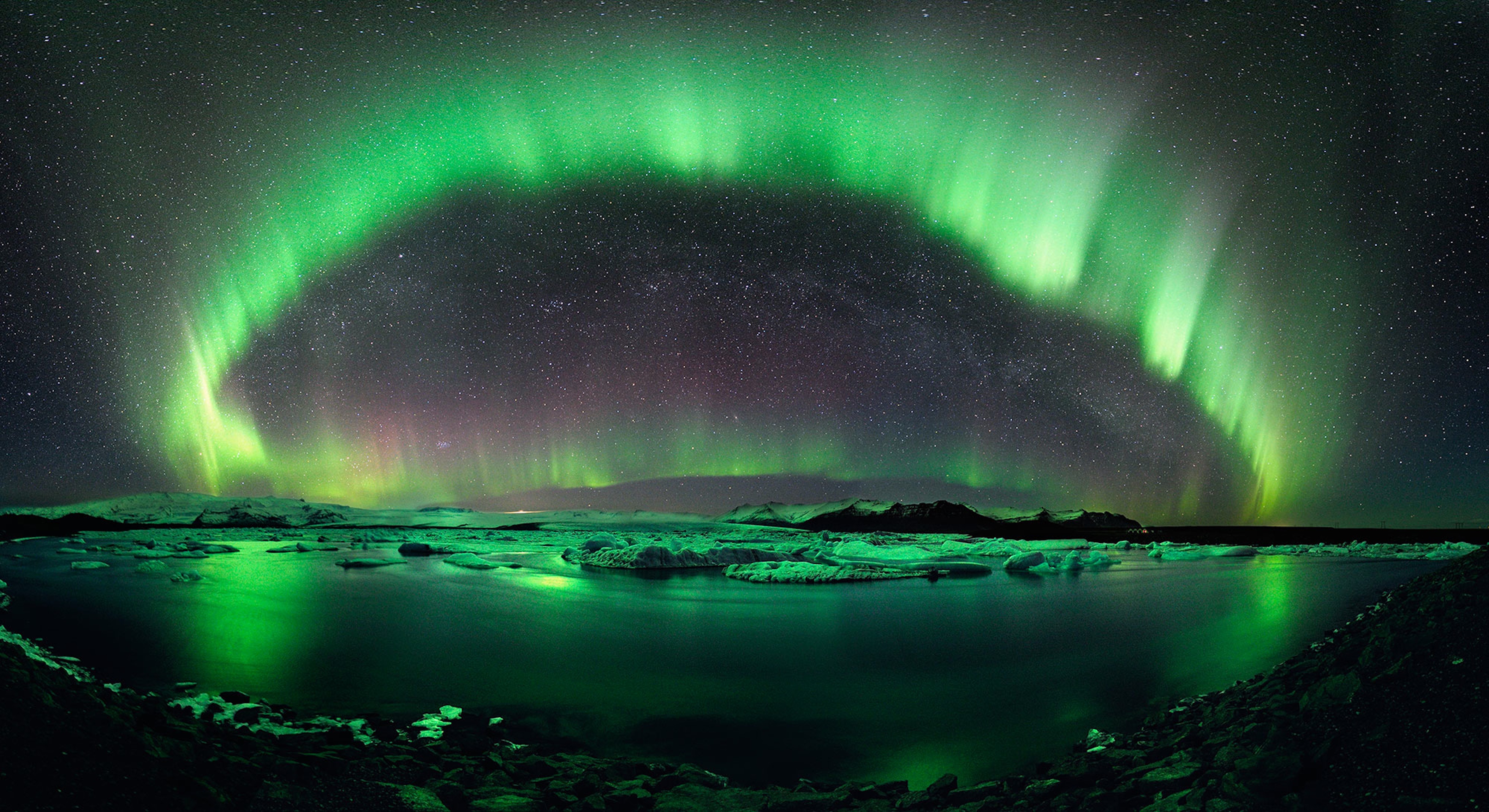
How Do Solar Storms Affect the Earth?
During periods of high solar activity and frequent sunspots, the Sun ejects solar flares and releases solar winds that reach Earth’s magnetic field and atmosphere. As these excited particles react and ionize with particles in the Earth’s upper atmosphere, they paint the sky with the most spectacular show–The Northern Lights or Aurora Borealis–which can be seen in the highest latitudes North of the Equator.
On Wednesday, the Sun’s photosphere rumbled up a solar storm with the ejection of a solar flare that reached us across 1 AU. Solar flares also have the potential to interrupt radio communications at great heights above the Earth.
How Should You Prepare for a Solar Storm?
If you live in the North, go outside tonight! You might see the remnants of a massive solar ejection in the colorful ambient lights that illuminate the sky with the Northern Lights. The current solar storm conjured up a Coronal Mass Ejection and sightings of the Aurora Borealis may be seen across high northern regions, and sometimes as low as Canada and parts of the US like Washington, Oregon, Maine and other Great Lakes, New England, and Pacific Northwestern states–like those seen last night (Friday).
Most of the solar storm is behind us, as the bulk of the solar flares and winds were seen Friday night. But still, tonight is prime time to keep your eyes on the sky. You might just spot the Northern Lights!
–Check out Wednesday’s solar flare:





